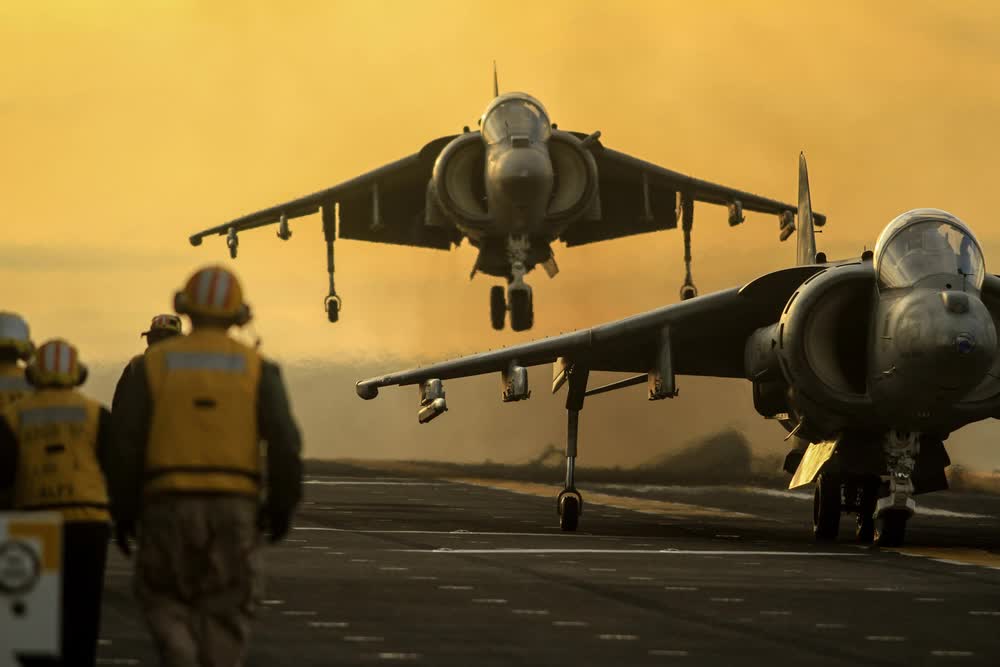With President Joe Biden’s signing of the fiscal 2024 National Defense Authorization Act in December, the military got a good-sized 5.2% pay raise – the largest year-over-year pay bump since 2002. That outstrips 2023’s 3.4% rise in inflation, meaning troops should be able to notice the difference in the buying power of their take-home pay even as economic uncertainties abound. The other main military allowance components, basic allowance for housing (BAH) and basic allowance for subsistence (BAS), are also seeing modest increases. BAH is going up an average of 5.4% in line with a calculation designed to cover 95% of housing costs in a given residential area, and BAS, a food allowance for troops who don’t live in barracks and use a military dining facility, is going up an average of 1.7% in line with rising food prices.
Beyond these bumps, some service members may see additional increases in their bonuses and allowances thanks to provisions in the sprawling defense policy bill. Here are all the pay changes you need to know about.
More troops may get cold-weather cash
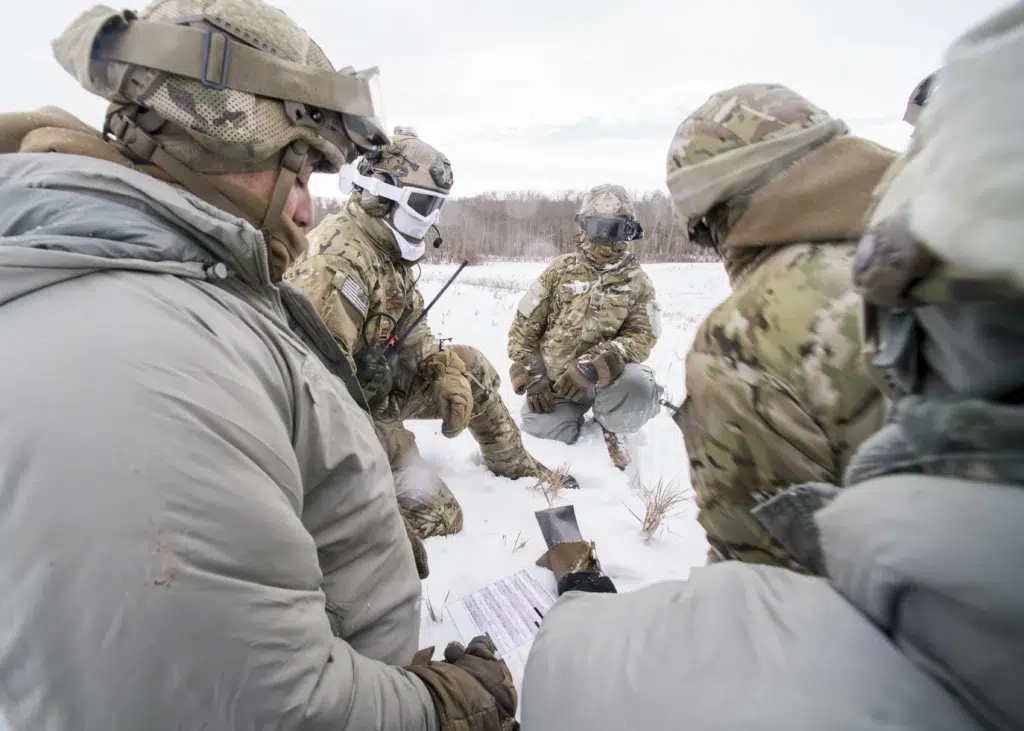
Following last year’s passage of language authorizing the Defense Department to pay a “cold weather” special duty pay for troops living in Alaska, this year’s NDAA expands that authorization, increasing eligibility for such pay to all stationed at a location where “the temperature is expected to drop below” -20 degrees Fahrenheit, as determined by a plant hardiness map published by the Department of Agriculture. That means places in the continental U.S., such as Minot and Grand Forks Air Force Bases in North Dakota, would also qualify for extra pay. Duty stations outside the continental U.S., such as Pituffik Space Base in Greenland would also qualify.
Initially introduced by Alaska Republican Sen. Lisa Murkowski, the cold-weather duty pay authorization may acknowledge not only the hardship and discomfort of training in severe cold weather, but also the recent Alaska-specific phenomenon of disproportionately high military suicide rates. But whether cold-hardy service members may end up seeing extra cash in their wallets as a result of these authorizations has yet to be determined. As Military.com reports, the Pentagon hasn’t yet moved to create a new cold-weather bonus or allowance, citing the already-existing hardship duty and remote and austere conditions pays that soldiers already get for serving in Alaska. With this broader language that covers more troops from multiple services who might not be entitled to those Army benefits, Defense Department leadership has reason to take another look at the question of special cold-weather allowances.
Related: Cold-weather adventures in the US Army
Monthly bonus for junior troops
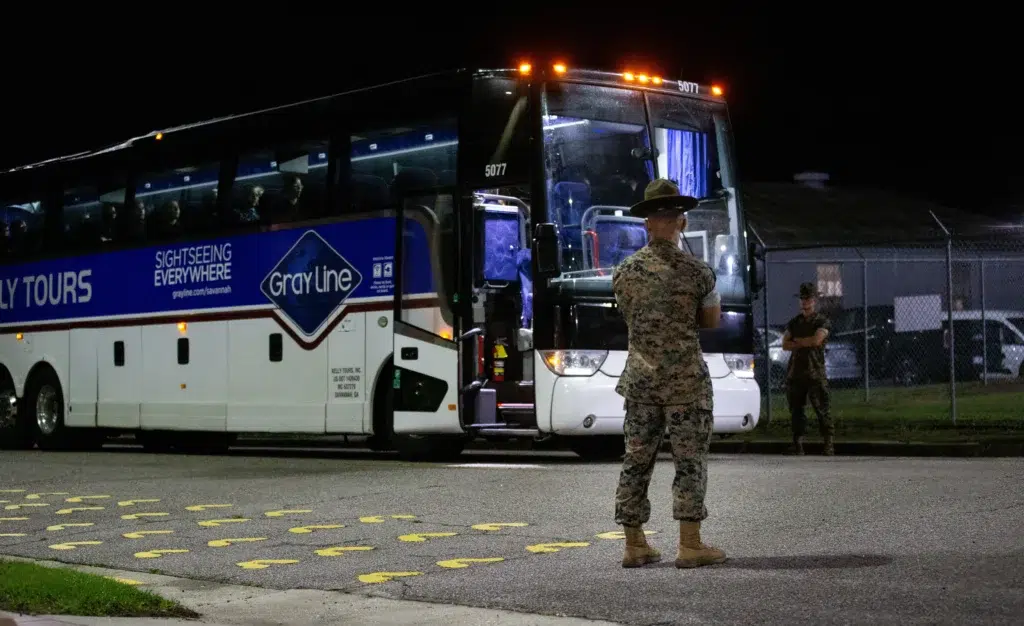
As of January 1, enlisted troops in the grade of E-6 and below are eligible for an economic hardship “monthly bonus pay” to be distributed at the discretion of the secretary of Defense. This pay is to be granted if the SecDef determines that “prevailing economic conditions” may adversely affect a young service member. As Military Times reports, this provision acknowledges the low starting pay for junior troops fresh out of training – just above $22,000, or less than $2,000 per month. With rising and unpredictable inflation rates, a bipartisan group of lawmakers put forward this measure to mitigate the strain that unexpected living costs might create.
The amount of this monthly bonus has yet to be set by DoD leadership. Though inflation appears to be stabilizing somewhat, the bonus provision will enable officials to act quickly to help junior service members if the economic outlook changes.
Housing, needs allowance changes
Numerous tweaks to defense policy in the new budget are all designed to help troops and families who might have fallen through the cracks in previous measures. Basic needs allowance, an additional pay targeting troops whose families are experiencing food insecurity, was expanded to include not only troops who suffer from a “high cost of living” as determined by the Defense Department, but also those who have some other “demonstrated need.” Advocates pushed for an expansion of the allowance after finding that the measure, first passed in 2022, was helping only 2,400 troops.
The new law also makes changes to basic allowance for housing intended to meet needs previously overlooked. It ties BAH rates for troops in the most junior grades – E-1 to E-4 – to the overall regional housing calculation used for other troops. Until now, BAH for these troops was linked to the local costs of only two-bedroom townhomes and apartments, which lawmakers argued could result in underestimates of the allowance they needed. The NDAA also permits BAH payments for troops below the rank of E-6 who are stationed on a naval ship undergoing maintenance, helping them to afford shore quarters.
Family separation pay gets a boost
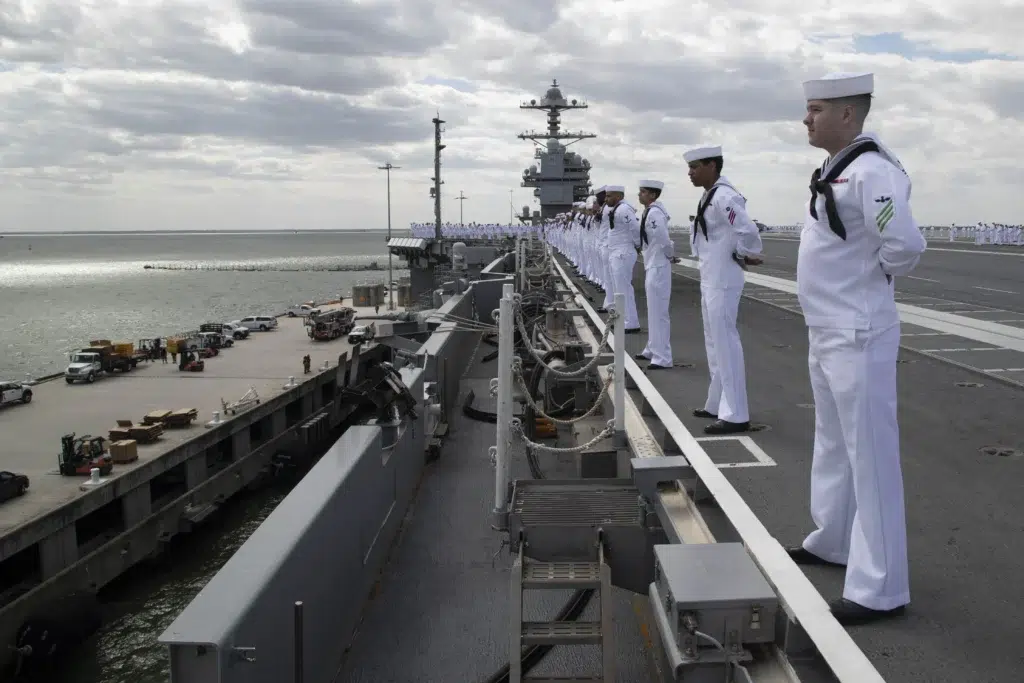
Troops who need to be away from their spouses and children at their permanent duty station or for temporary duty longer than 30 days will get a little extra pay to send home. The new budget increased family separation pay from $250 per month to up to $400, acknowledging rising costs and the built-in military hardship of long-term separation. It also calls for a review of family separation allowance in the upcoming quadrennial review of military pay and a recommendation from the president on whether to further increase this allowance.
Cost-of-living pay stabilized for those overseas
In the wake of recent economic swings that particularly affected military families stationed outside the continental U.S., the NDAA changes policy to prevent the SecDef from reducing the cost-of-living allowance for these families more than twice per calendar year. Further, this reduction may not be more than 10 COLA index points – the pay units used in DoD cost-of-living assessments – or the number of points that OCONUS COLA is, higher than the cost-of-living index in the continental United States.
This somewhat complicated provision acknowledges cases within the last few years that saw military families reeling from multiple COLA reductions in a single year. The NDAA also calls for an annual report regarding COLA reductions and increases that help the Defense Department better understand the effectiveness and impact of its calculation methods. The DoD can still increase overseas COLA at any time for troops, the new law states.
Related: Tangiers: A Delta man’s solo trip through Morocco
Bonuses for high-need jobs expanded and extended
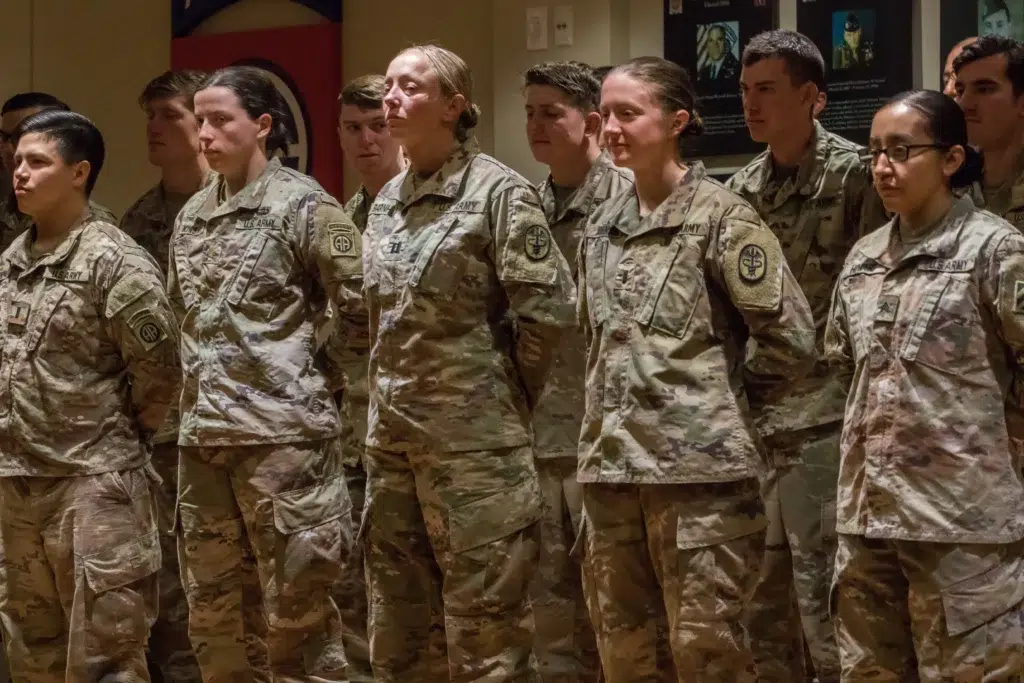
As the services struggle to meet recruiting goals, particularly in skilled and high-demand fields, the NDAA makes sure bonus money remains available to help attract candidates. Notably, it doubles accession bonuses for officer candidates entering the nursing field from $20,000 to $40,000, and the total amount of the first bonus installment from $10,000 to $20,000. This change acknowledges that the nursing shortage affecting the entire United States in the wake of the COVID-19 pandemic is making its mark on the military, too.
Meanwhile, lots of other bonus and retention incentive pay authorizations are getting extended to the end of 2024, including those for the following fields:
- Nuclear officers;
- Officers in medical fields;
- Aviation;
- Cadets and midshipmen enrolled in the senior Reserve Officers’ Training Corps;
- Those qualified in critical military skills or assigned to high-priority units.
Special pay eyed for drone operators
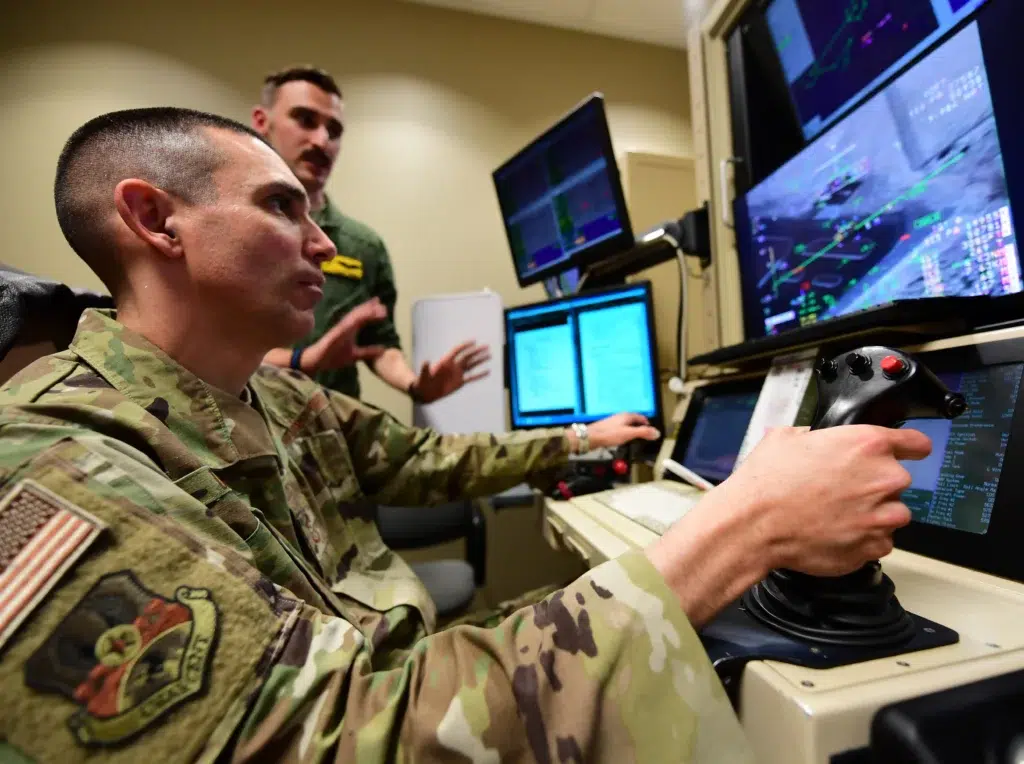
For Air Force members who fly remotely piloted aircraft, or drones, an additional payout is on the horizon. The NDAA orders the Secretary of the Air Force to complete a study by the end of June on the “feasibility and advisability” of paying out a special assignment incentive pay to those in these jobs, including those stationed at the remote Creech Air Force Base in Nevada. The budget bill states this study should include an assessment of the financial stress experienced by these drone pilots, particularly if they’re junior service members with families. It specifically calls for the evaluation of stress tied to the daily commute to and from the base; the unique demands of the mission; limited access to child care, housing and health care services; and the impact of the assignment incentive pay these pilots are already receiving.
The call for this study acknowledges both the difficulties of being stationed at Creech with scarce services, and a rising awareness of post-traumatic stress associated with carrying out drone strikes and other combat operations, even if done from the relative safety of a stateside base thousands of miles away from the action.
Read more from Sandboxx News
- Chinese military journal asserts Russia lied about ‘hypersonic’ Kinzhal
- What is the mysterious drone model we spotted in our interview with General Bob Behler?
- Lockheed Martin has now built 1,000 F-35s
- Pakistan wants to fly Chinese stealth fighters alongside its F-16s
- GE’s hypersonic rotating detonation engine breakthrough could change aviation forever




